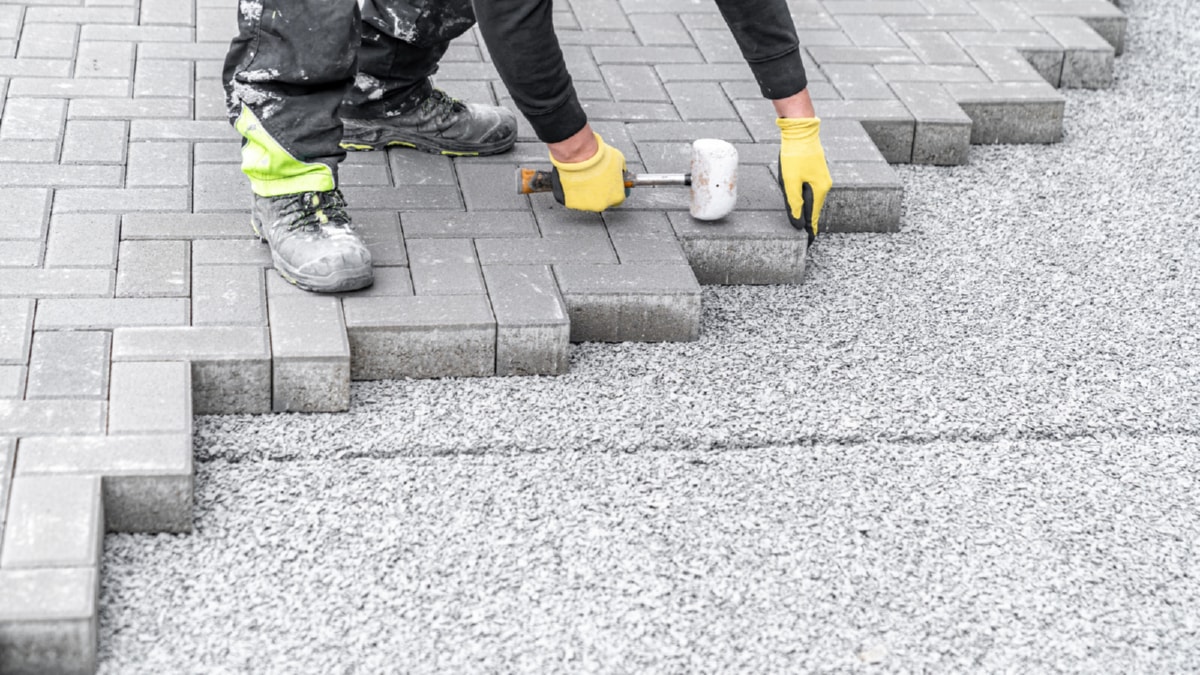In today’s era of rapid urbanization and industrialization, the impact on the environment is profound, leading to a global call for sustainable practices. This call extends to the construction industry, which traditionally has been a significant contributor to environmental degradation. Enter green building – a transformative approach that combines environmental responsibility with resource efficiency throughout a building’s life cycle. The advent of green building has revolutionized sustainable construction practices, influencing design, implementation, operation, and maintenance.
Green building, also known as sustainable or high-performance building, refers to both a structure and the application of processes that are environmentally responsible and resource-efficient. It aims to minimize the environmental impact through energy efficiency, water efficiency, CO2 emissions reduction, improving indoor environmental quality, and stewarding resources and sensitivity to their impacts.
The influence of green building on sustainable construction practices is profound. It has led to a shift in construction approaches from merely building structures to creating environmentally friendly, resource-efficient models that consider a building’s entire lifecycle. This approach is changing the landscape of the construction industry, redefining norms and standards.
Energy efficiency is a cornerstone of green building. Green buildings incorporate unique design features, renewable materials, and innovative technologies to reduce energy consumption. By using renewable energy sources such as solar and wind power, green buildings reduce their reliance on traditional energy sources, thereby reducing their carbon footprint.
Water efficiency is another aspect where green building influences sustainable construction practices. Water-saving fixtures, efficient irrigation systems, rainwater harvesting, and greywater reuse are common features in green buildings. These practices not only save water but also reduce the strain on municipal water supply and wastewater systems.
Green building also emphasizes the use of sustainable materials. This practice encourages the use of recycled, renewable, and locally sourced materials, reducing the demand for new materials and minimizing transportation, thereby reducing the overall carbon footprint. Furthermore, the use of non-toxic materials improves indoor air quality, contributing to the occupants’ health and wellbeing.
Moreover, green building practices extend to waste management. Rather than sending construction and demolition waste to the landfill, materials are sorted for recycling and reuse, significantly reducing waste and promoting a circular economy.
Another profound influence of green building on sustainable construction practices is the consideration of the building’s life cycle. From planning and design to demolition, every stage is considered in the context of its environmental impact. This holistic view of construction fosters sustainable practices not only in construction but also in building operation and maintenance.
Lastly, green building promotes biodiversity and ecosystem health. By preserving existing natural elements, implementing green roofs, and using permeable paving, green buildings help to reduce runoff, promote biodiversity and contribute to a healthier ecosystem.
In conclusion, green building is not just a trend or a buzzword; it represents a fundamental shift in how we think about construction. Its influence on sustainable construction practices is profound, promoting a holistic, environmentally responsible approach to building that considers not just the end product, but the entire lifecycle of a building. As we continue to face the challenges of climate change and resource scarcity, green building offers a viable and necessary path forward.
For more details, check best masonry services or visit their business listing here.



